23 May 2019
Aftershocks of 1959 earthquake rocked Yellowstone in 2017-18
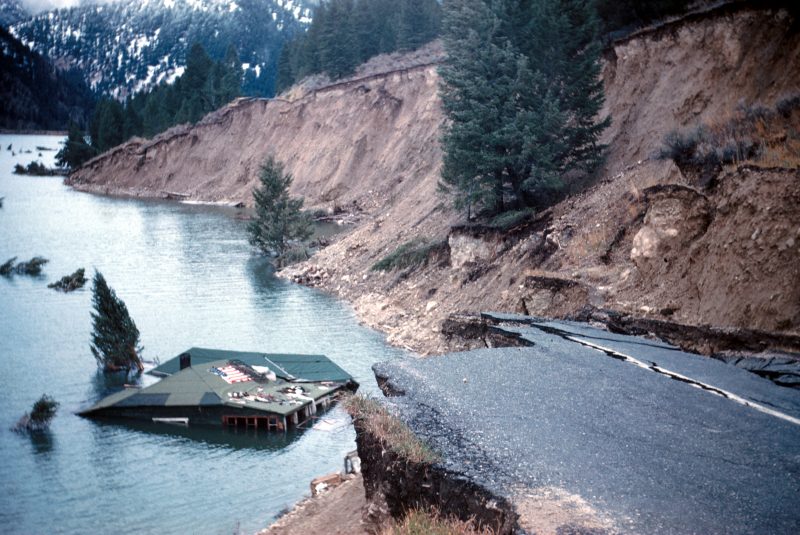
Aftershocks from large earthquakes can take their time coming — almost six decades in the case of Yellowstone’s deadly Hebgen Lake earthquake of 1959.
New Studies Increase Confidence in NASA’s Measure of Earth’s Temperature
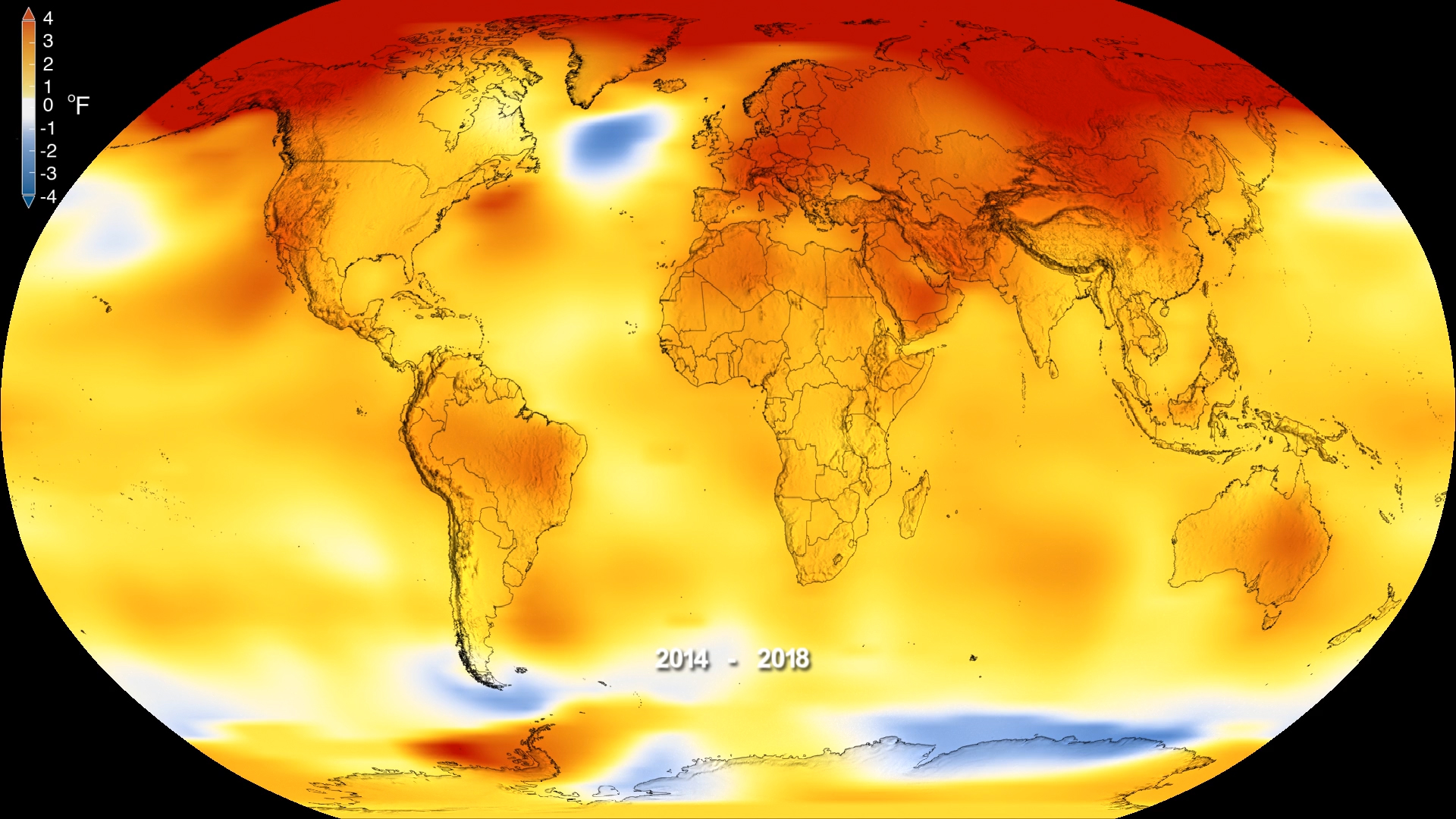
A new assessment of NASA’s record of global temperatures revealed that the agency’s estimate of Earth’s long-term temperature rise in recent decades is accurate to within less than a tenth of a degree Fahrenheit, providing evidence that past and future research is correctly capturing rising surface temperatures.
22 May 2019
Domino Droughts

New research finds one drought can amplify or cause another. Decreased moisture recycling and transport impacts how droughts form and move across continents.
16 May 2019
Earthquake in 2009 intensified American Samoa’s rising sea levels
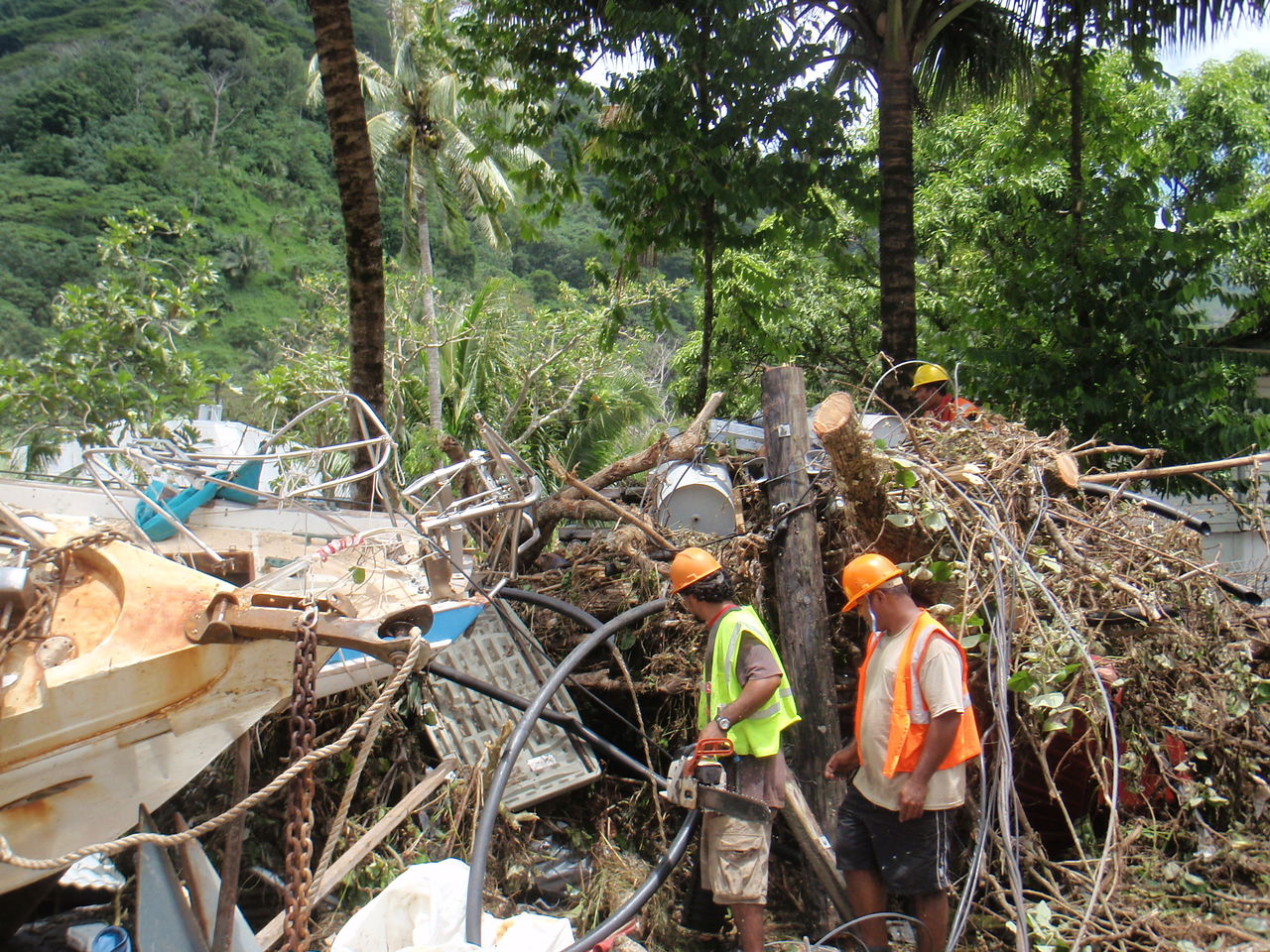
The 2009, magnitude-8.1 Samoa earthquake dealt a great deal of damage to the Samoan Islands: Tsunami waves as high as 14 meters (46 feet) wiped out multiple villages, claiming nearly 200 lives and severely damaging water and electrical systems. New research reveals the damage is likely to continue in the island Tutuila, also known as American Samoa.
15 May 2019
Study: U.S. methane emissions flat since 2006 despite increased oil and gas activity
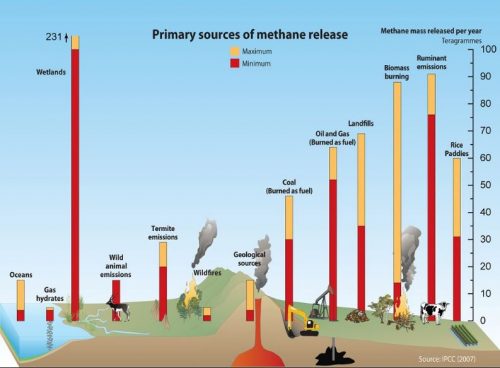
Natural gas production in the United States has increased 46 percent since 2006, but there has been no significant increase of total US methane emissions and only a modest increase from oil and gas activity, according to a new NOAA study.
13 May 2019
La Niña’s effect on droughts can be traced back to U.S. Civil War

The Civil War drought – one of the worst to afflict the U.S. in centuries – occurred in the mid-1850s to the mid-1860s. That drought is infamous for its effects in the U.S. Southwest and parts of the Great Plains, where it led to the near extinction of the American bison and played an important role in changing the course of the Civil War by causing food and water shortages, slowing the advance of part of the Confederate army in 1862.
8 May 2019
A new view of wintertime air pollution
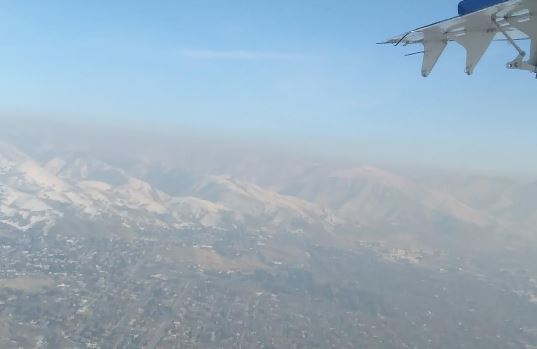
The processes that create ozone pollution in the summer can also trigger the formation of wintertime air pollution, according to a new study led by CIRES and NOAA researchers. The team’s unexpected finding suggests that in the U.S. West and elsewhere, certain efforts to reduce harmful wintertime air pollution could backfire.
7 May 2019
Roman mining activities polluted European air more heavily than previously thought

Roman-era mining activities increased atmospheric lead concentrations by at least a factor of 10, polluting air over Europe more heavily and for longer than previously thought, according to a new analysis of ice cores taken from glaciers on France’s Mont Blanc.
29 April 2019
Un nuevo estudio profundiza en las Nubes de Venus
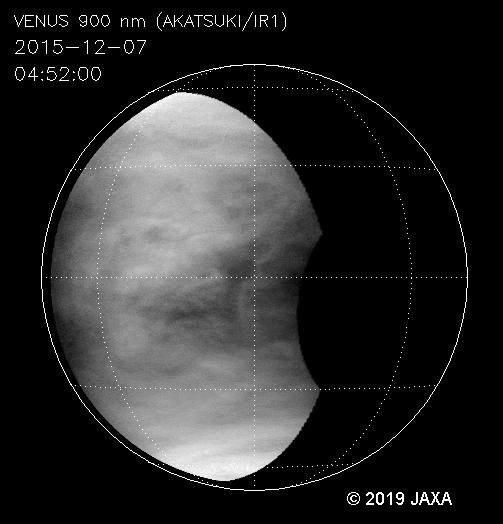
Investigadores han logrado visualizar lo que sucede en las nubes intermedias de esta gruesa capa en el atmosfero de Venus gracias a imágenes en infrarrojo, y se han topado con sorpresas.
New research takes deeper look at Venus’s clouds

Researchers have used infrared images to spy into the middle layer of Venus’s clouds and they have found some unexpected surprises.










 GeoSpace is a blog on Earth and space science, managed by AGU’s Public Information staff. The blog features posts by AGU writers and guest contributors on all sorts of relevant science topics, but with a focus on new research and geo and space sciences-related stories that are currently in the news.
GeoSpace is a blog on Earth and space science, managed by AGU’s Public Information staff. The blog features posts by AGU writers and guest contributors on all sorts of relevant science topics, but with a focus on new research and geo and space sciences-related stories that are currently in the news.